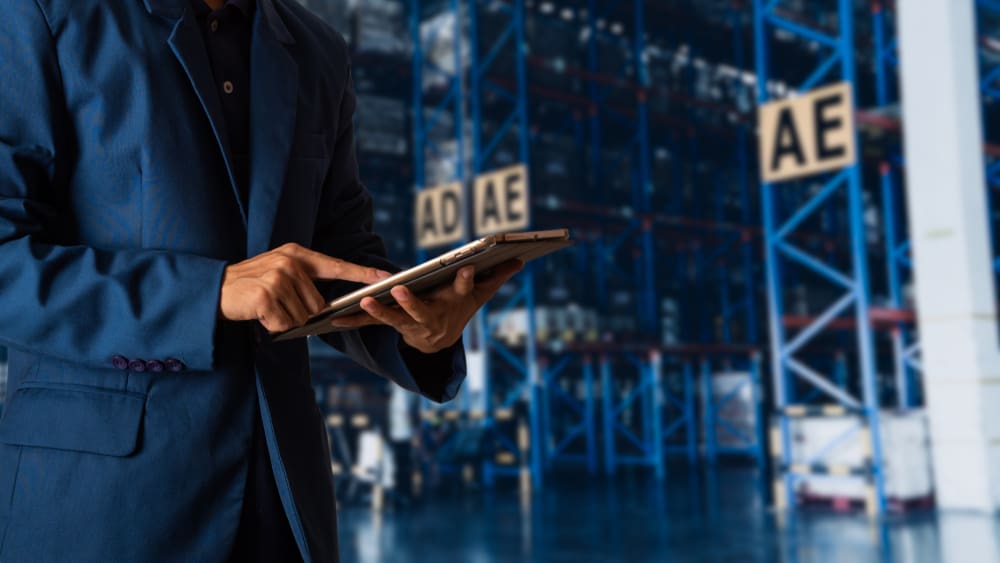
As people migrate towards e-commerce websites to shop for products rather than visit retail storefronts, the line that was distinguishing the two seems to blur. Digital marketplaces are replacing brick-and-mortar shops as it fuses ambiance with convenience – an essential trait in creating customer delight.
“Consumers are no longer restricted to the physical dimensions of a store, as they can browse products through the internet and then choose when they want to get it delivered,” said Dhruvil Sanghvi, CEO at Loginext. “The e-commerce boom has been driven mostly by evolved consumer preferences and one of the key elements of this growth has been the delivery experience that consumers have gained.”
Home delivery option for products has always been a given with regard to retail stores, but the delivery has always been subject to the locality, with it being highly location specific. But with the advent of e-commerce, inventories have expanded and so has the range of delivery.
“Expectations have raised over the years, and the biggest bridge that has to be crossed now is the delivery experience – increasing the rate of on-time deliveries, clear visibility of package location, and proper validation in terms of error-free invoicing. All these elements add up to customer delight,” said Sanghvi.
The rise of consumerism has led to a situation where supply chains look at last-mile logistics as an investment rather than an added cost, as investing in it would pay dividends over the longer run. “The issue at hand is to make companies understand the potential of technology in managing their supply chain. It could help them optimize the entire process, right from the time the product leaves the manufacturing unit, to it moving through distribution centers and finally reaching the customer,” said Sanghvi.
With technology as the bedrock to logistical operations, it would be easier to track and trace products, and deal with customer woes with regard to delivery. In case of an issue, the supply chain could be backtracked to identify the bottleneck which could be flagged and rectified at the earliest.
Sanghvi also elaborated the need to have visibility in supply chains, not just for the consumers but for logistics companies to avoid pilferage and monitor the movement of their stock. This apart, visibility in ecommerce businesses could help in customer retention. “There is a lot of emotion linked to products that customers order. If I order something on an ecommerce website, I’m curious as to where the package is at different stages of its journey to my house,” he said. “Visibility is not a choice these days, but a need.”
Social media and real-time updates have helped evolve the traits of people to make them crave for instant gratification. This has led to a situation where the sooner the promised delivery date and more often a business keeps its word on delivery promptness, the more trustworthy it becomes. Sanghvi insisted that delivery schedules and last-mile delivery success might even trump the quality of products being sold.
“When a customer goes online and sees a product, he also looks at the date of delivery. He is more likely to buy a product if there is a promise of it being delivered the next day, rather than if it comes with a week-long delivery schedule,” he said. “The excitement of buying a product needs to be sustained till the time the product gets to the hand of the customer. And this can only be done with the right kind of technology and real-time visibility.”
In that regard, Loginext has introduced a feature called Loginext Live, which essentially transforms the site’s dashboard to an interactive medium. “When our clients log into our platform, they would not be greeted with boring pie charts and graphs, but rather with an intuitive interface that shows them their organizational process at work,” said Sanghvi.
“They can see their delivery workforce live on a map interface, and can spot the movement of their delivery vans, access detailed customer profiles, feedback received and even preferences of customers based on repeated association with the company. The interface makes planning and adoption easier, as it is streamlined and easy to work on.”
Last-mile delivery is the lynchpin to the logistics wheel, setting up the fortunes of ecommerce businesses and creating brands that stick with the people. It is no longer about just providing the right product, but rather, about piquing the interests of consumers who are flooded with a myriad of options. The future of logistics is now, and technology its signage.
Stay up-to-date with the latest commentary and insights on FreightTech and the impact to the markets by subscribing.











